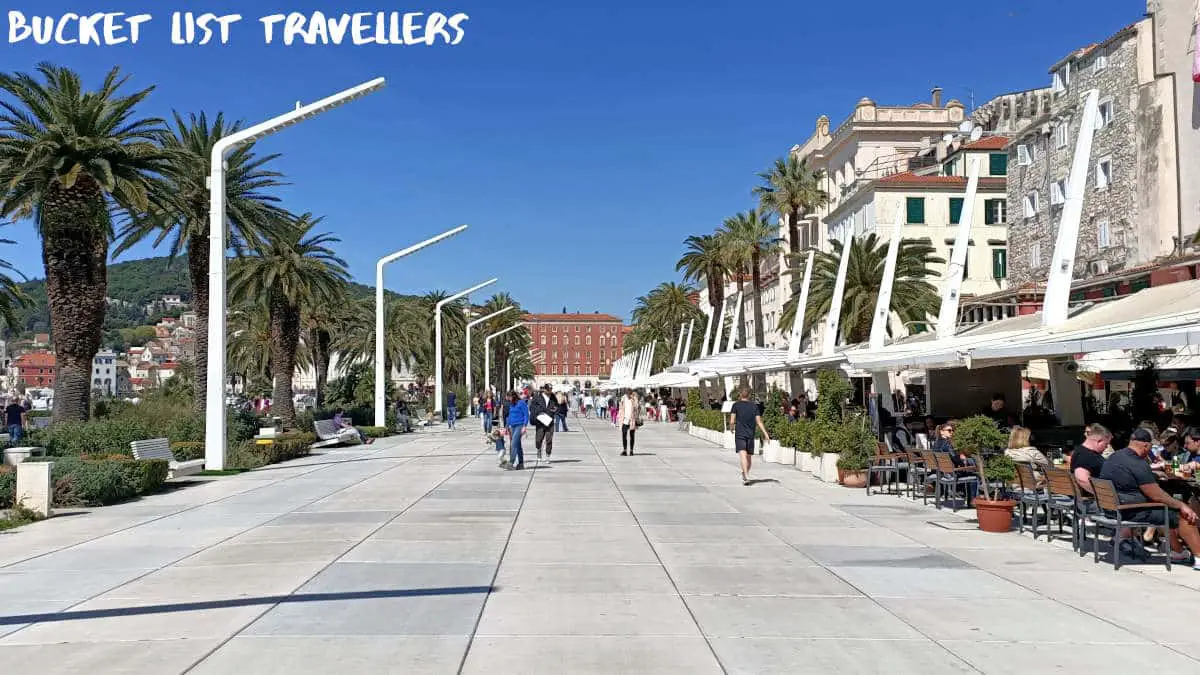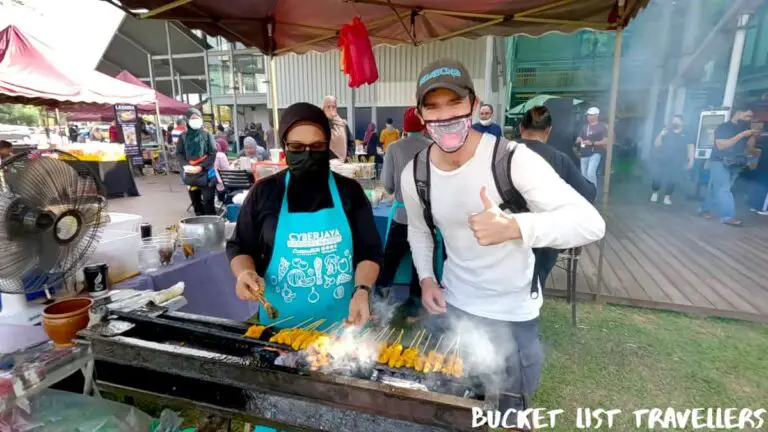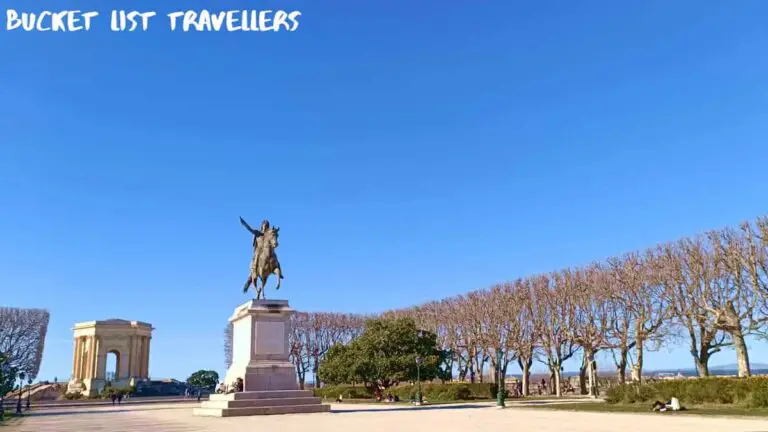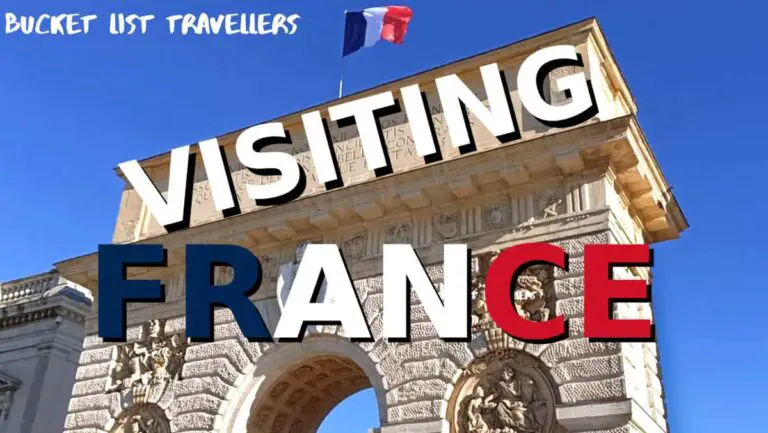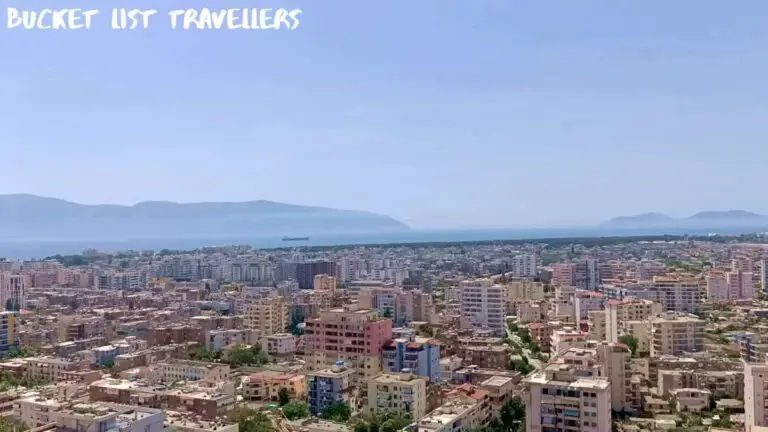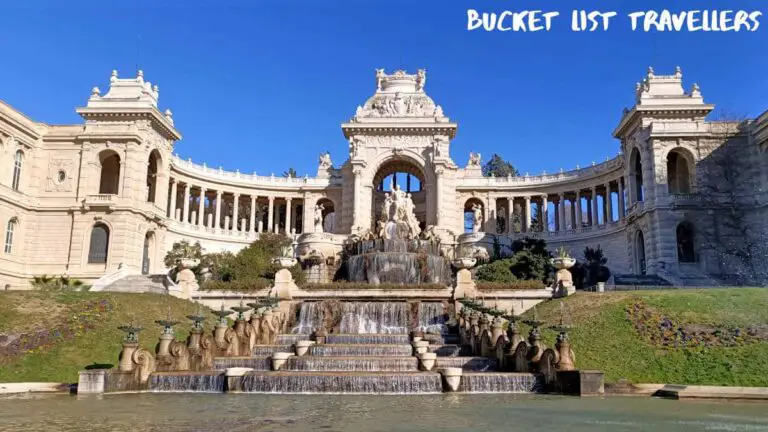Split is more than just a stopover on the way to the Croatian Islands. This city has the perfect blend of old and new with plenty of attractions to enjoy. The laid back vibe of the city can be found in its coffee culture, its numerous outdoor dining options as well as its beautiful beaches. Split’s central location also provides plenty of opportunities for day trips to the Dalmatian Islands as well as mainland destinations like Plitvice Lakes National Park. This Split destination guide has everything you need to plan the perfect trip to Split Croatia.
Short on time? Here are our Split Croatia top recommendations:
Highlights: explore Split Old Town, take a stroll through Marjan Forest Park and bask in the sun on one of Split’s beaches.
Activities: book your Split Croatia Tours with Get Your Guide.
Accommodation: we use Booking.com to find the best hotels.
Car Hire: for great value car rental in Croatia we recommend Localrent.com.
Transport: FlixBus for intercity buses.
Flights: find cheapest flights with cashback on WayAway.
Airport Lounge Access: start your holiday the right way with Priority Pass.
Travel Medical Insurance: SafetyWing Nomad Insurance is the ideal choice for long-term travellers and digital nomads.
What is Split Croatia known for?
Split is a port city located on Croatia’s Dalmatian Coast. It is known for being the gateway to some of the most beautiful islands in Croatia. Its most famous landmark is Diocletian’s Palace, an imposing 4th Century palace built for the Roman emperor Diocletian. In addition to its beautiful beaches, Split offers a perfect balance of tradition and modernity, making it the perfect place to experience Dalmatian life as it’s really lived.
Why you should visit Split Croatia
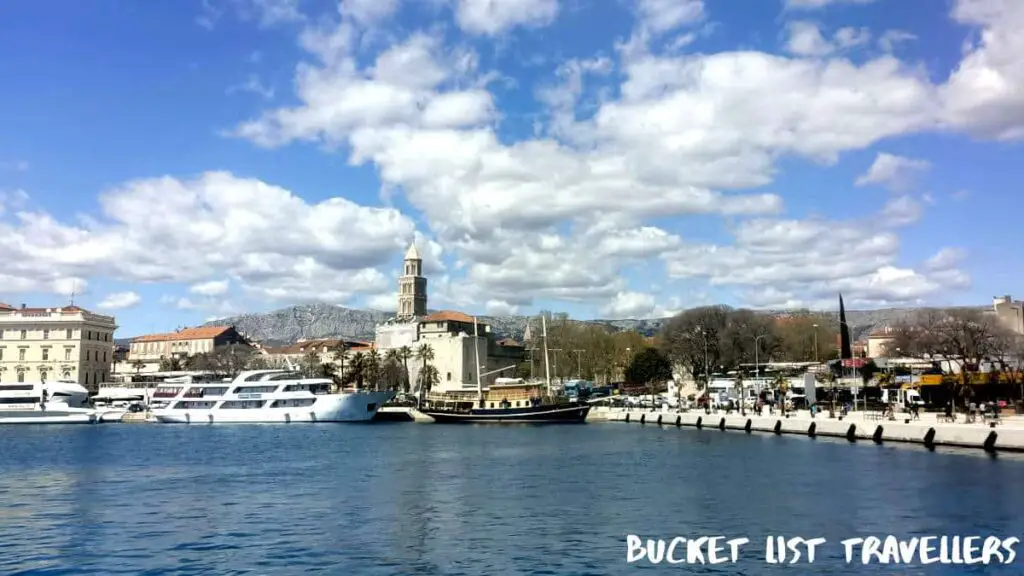
Split is a great base for a Croatian vacation. Gateway to Croatian Islands off the Dalmatian Coast, Split is one of the major sea ports in Croatia. Additionally, its position in the middle of the country makes it a convenient location for exploring other parts of mainland Croatia. The city itself has a stunning old town area as well as attractions such as beaches, parks and museums. It has a great cafe culture and you can also sample delicious regional dishes. Split is also a popular location for digital nomads due to its cheap cost of living, great lifestyle and fast and reliable internet.
Split Destination Guide: Know before you go
Basic info about Split Croatia
- Language – Standard Croatian. English is widely spoken, but not everyone you meet will be able to speak English.
- Currency – euro (EUR). This has been the official currency of Croatia since 1 January 2023. Prior to 2023, the currency of Croatia was the Croatian Kuna (HKR). Currency exchanges can be found in most cities and ATMs are also available widely throughout the country.
- Population – 161,000 (2021)
- Area – 79 km2
- County – Split-Dalmatia. Split is the administrative centre of this county.
- Region – Dalmatia
- Emergency number – 112
- Police number – 192
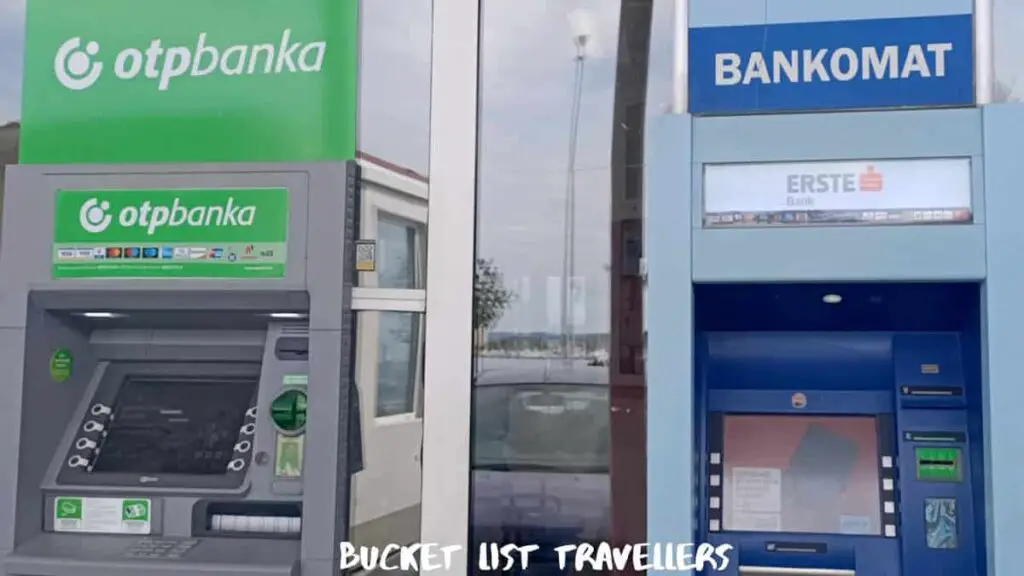
Utilities in Split Croatia
- Electricity – Croatia uses Type C as well as Type F power plugs. The country operates on a 230v supply voltage at 50Hz. Power outages are not common in Croatia and typically do not last for long.
- Water – the tap water in Croatia is safe to drink almost everywhere in the country.
- Toilets – sit-down flushing toilets are the most common type of toilet in Croatia. Additionally, you can flush your toilet paper directly into the bin. Public toilets are common in the larger cities in Croatia. Public toilets along the coast often have a charge for use. This can range anywhere from 25 cents to 1 euro. We have found toilets in shopping centres that are free to use.
- Telephone country code: +385
Where is Split Croatia?
Split is in the central Dalmatia county of Split-Dalmatia in the Dalmatia region of Croatia. It is a port city on the Adriatic Sea. It is also the second largest city in the region of Dalmatia.
The closest major Croatian city to Split is Zadar. Split is 3 hours by bus from Zadar. The islands of Brač, Hvar, Vis as well as Korčula are off the coast of Croatia near Split.
How to get to Split Croatia
Split destination guide: Arriving by land
Split Croatia intercity land transport
The main transport options for travelling overland to Split Croatia are:
- Private vehicle
- Private transport operator
- Shuttle Bus – Pleso Prijevoz operates a shuttle bus service between Split Airport and the Split bus terminal. A one way ticket costs 8 euro (prices as at 2024). The journey time is 40 minutes.
- Train
- Bus
- Bike
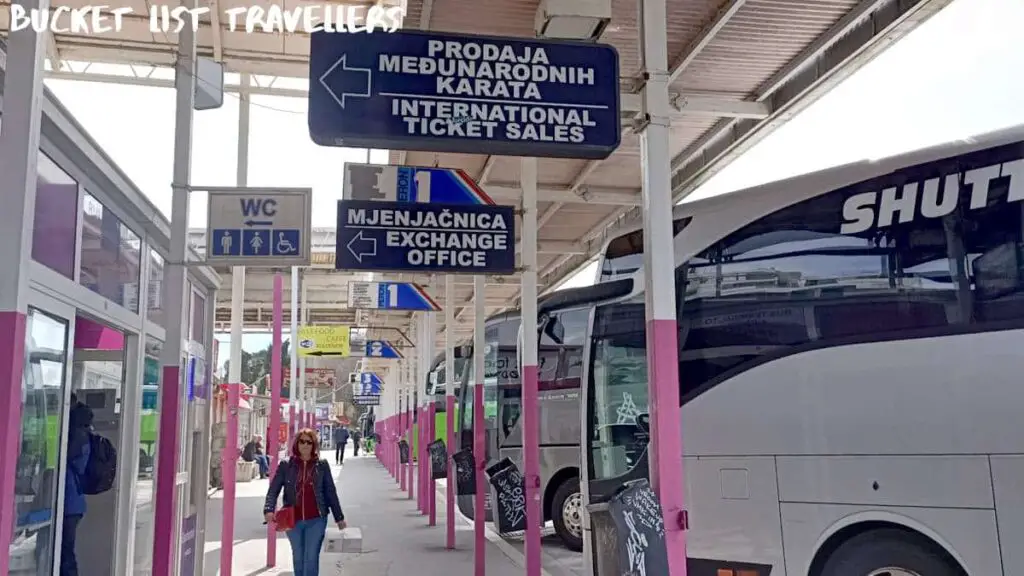
Driving to Split from within Croatia
If you are driving to Split from within Croatia, here are the travel times and distances:
- Zadar – 1 hour 36 minutes (157km) with tolls or 2 hours 13 minutes (143km) without tolls
- Dubrovnik – 2 hours 51 minutes (228km) with tolls or 3 hours 31 minutes (213km) without tolls
- Rijeka – 3 hours 48 minutes (413km) with tolls or 5 hours 13 minutes (340km) without tolls
- Zagreb – 3 hours 49 minutes (410km) with tolls or 5 hours 29 minutes (358km) without tolls

Intercity trains to Split Croatia
There is a train line running from Zagreb to Split Croatia. However the train system along the coast is limited. Furthermore trains between these destinations are slower, less frequent and less reliable than buses.
Split has 2 train stations. The main train station in Split is Split Main Train Station. It is located next to the bus station and the ferry port in the heart of the city. Additionally, the secondary train station in Split is Split Predgradje Station, also known as Kopilica Station. This is located in the north of Split near the North Port of Split.
Daytime trains between Zagreb and Split take 6.5 hours. Alternatively, the overnight trains take 8.5 hours. The number of trains per day vary depending on the season.
The Croatian national railway company is called Croatian Railways.
Intercity buses to Split Croatia
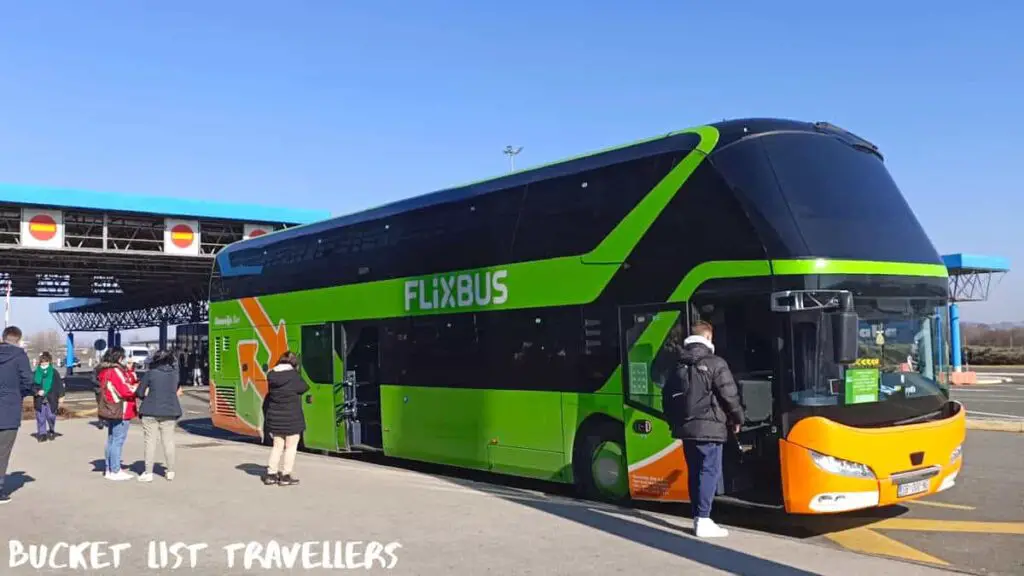
A common way to get around Croatia is by using intercity buses. These are a budget friendly alternative to trains and the network is extensive. Intercity bus companies in Croatia include Arriva – Autotrans, Slavonija Bus, Čagalj Tours as well as FlixBus. Popular bus destinations from Split include:
- Dubrovnik Croatia – travel time 4-5 hours. Tickets start from 9 euro one way.
- Plitvice Lakes Croatia – travel time 3.5-6 hours. Tickets start from 11 euro one way.
- Skradin (Krkr NP) Croatia – travel time 1.5 hours. Tickets start from 5 euro one way.
- Zadar Croatia – travel time 3 hours. Tickets start from 7 euro one way.
- Zagreb Croatia – travel time 5-7 hours. Tickets start from 12 euro one way.
- Makarska Croatia – travel time 1 hour. Tickets start from 5 euro one way.
Split destination guide: Arriving by air
The nearest major airport to Split is Split Airport (Airport code SPU). This international airport is also known as Resnik Airport. It is 12km west of the city.
Other nearby airports include:
- Brač Airport (Airport code BWK). This airport is 32km away.
- Zadar Airport (Airport code ZAD). This airport is 110km away
- Mostar Airport, Bosnia & Herzegovina (Airport code OMO). This airport is 117km away.
The national airline of Croatia is Croatia Airlines.
Split destination guide: Arriving by boat
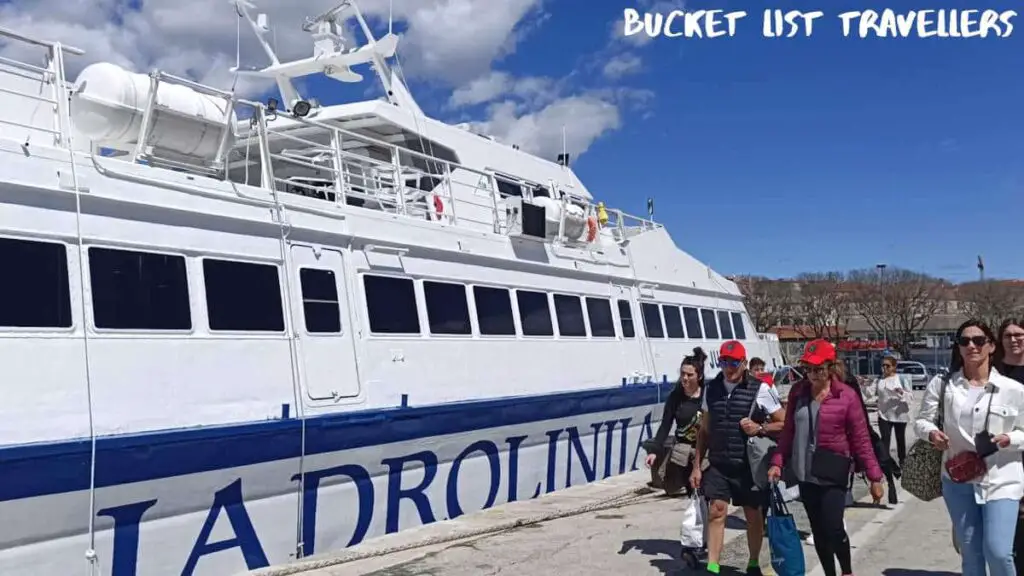
The city of Split is on the Adriatic Sea. The Port of Split is the largest passenger port in Croatia as well as the largest passenger port in the Adriatic. 8 ferry lines use the Port of Split. Ferries and catamarans connect Split to the nearby islands as well as other towns and cities in Dalmatia. Additionally, Split is popular cruise destination.
From Split, there are ferries to Corsica, Sardinia, Tunisia, Spain, Sicily as well as Morocco. There are up to 13 ferry crossings from Split per day. However availability may vary depending on the season. The ferry companies that operates out of Split include Moby, Grandi Navi Veloci (GNV), CTN Ferries as well as Tirrenia.
Split destination guide: How to get around Split Croatia
Walking in Split Croatia
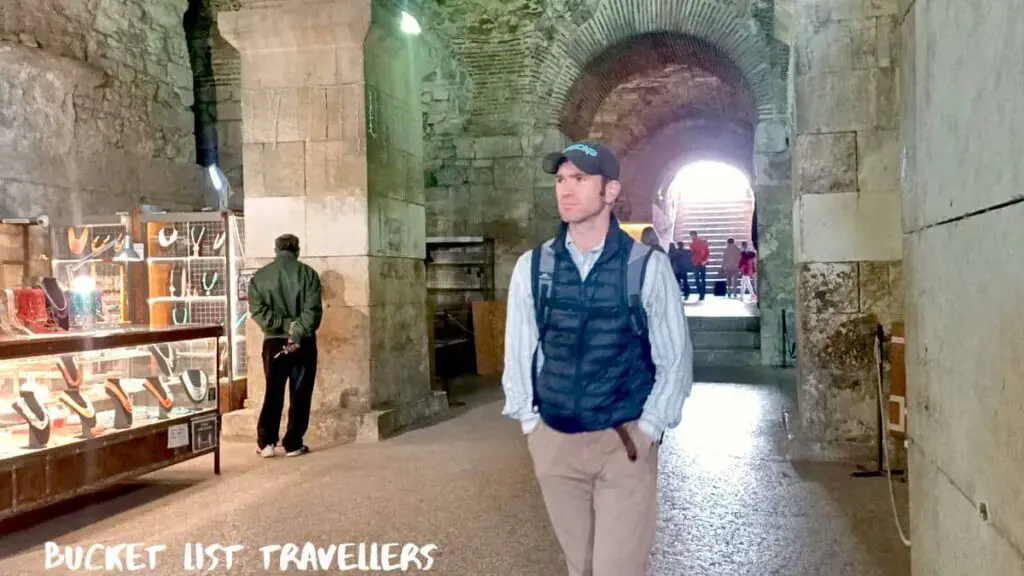
By far the easiest and cheapest way to get around Split is to walk. Most of the main attractions in the city area are within easy walking distance.
Local buses in Split Croatia
Local buses service Split. These services are operated by the city’s public transport service, Promet Split. For more information, see this website: https://www.promet-split.hr/en/
Trams in Split Croatia
Split does not have a tram system.
Local trains in Split Croatia
Split does not have a local train service.
Metro trains (subway or underground) in Split Croatia
Split does not have an underground train line.
Vehicle hire in Split Croatia
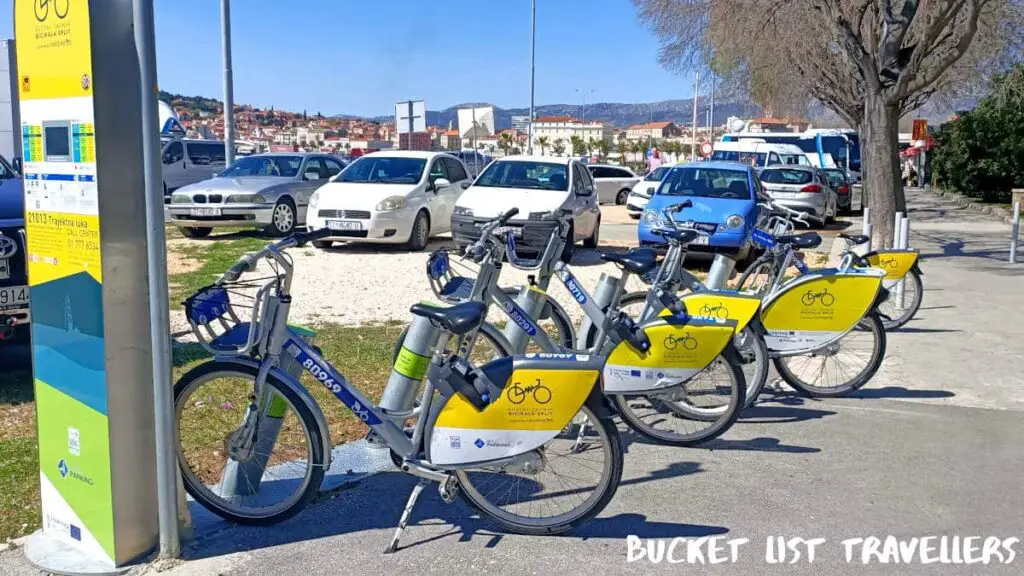
A wide variety of vehicles can be rented in Croatia. This includes:
- Bicycles – There are self-service bike share services available in the city from companies such as NextBike. Alternatively you can hire a bike from a bike hire shop such as Rent a bike in Split Croatia.
- Electric scooters
- Motorcycles
- Cars
- SUVs
- Campervans
- Boats
In Croatia people drive on the right side of the road.
Localrent.com is ideal for hiring a car in Croatia, offering competitive rates and personalised service. The user-friendly platform connects you with local providers, featuring a wide range of vehicles to suit any trip. With transparent pricing, detailed rental info, and responsive customer support, booking is a breeze. Renting a car through Localrent.com gives you the freedom to explore Croatia’s historic cities, stunning coastlines, and scenic countryside at your own pace.
Taxis in Croatia
Taxis are common in Croatia. Fares are regulated and are usually metered. However outside of major cities taxis may not have meters. In this case the fare will be a fixed price. However in general your fare will include the following costs:
- The pickup fee or minimum fee – this is charged as soon as you get into the vehicle.
- Price per kilometre
- Price per hour – this is a price that gets charged when the taxi is stuck in heavy traffic.
Taxi tariffs in Croatia are set by the cities or districts.
Ride-share services in Split Croatia
There are a number of rideshare services operating in Croatia. These include Uber, Bolt as well as CarpoolWorld. There is even UberBOAT on the Dalmatian coast during tourist season.
Split destination guide: Is Split worth visiting?
Split is a must-visit Croatian destination that should definitely be included on your Croatia bucket list. Not only does it have a stunning and historic old town, but it is also surrounded by spectacular beaches and beautiful parks. Split boasts an amazing food scene with a great selection of restaurants, wonderful fresh seafood, and a strong cafe culture. While it is a popular tourist destination, it is also an excellent place to immerse yourself in the local way of life. Additionally, Split Airport is one of Croatia’s major international airports, making the city very easy to visit. Moreover, it is well-connected by ferry to the Croatian islands and by bus to other parts of mainland Croatia, making it an excellent launchpad for exploring the country.
Split destination guide: How long to spend in Split Croatia
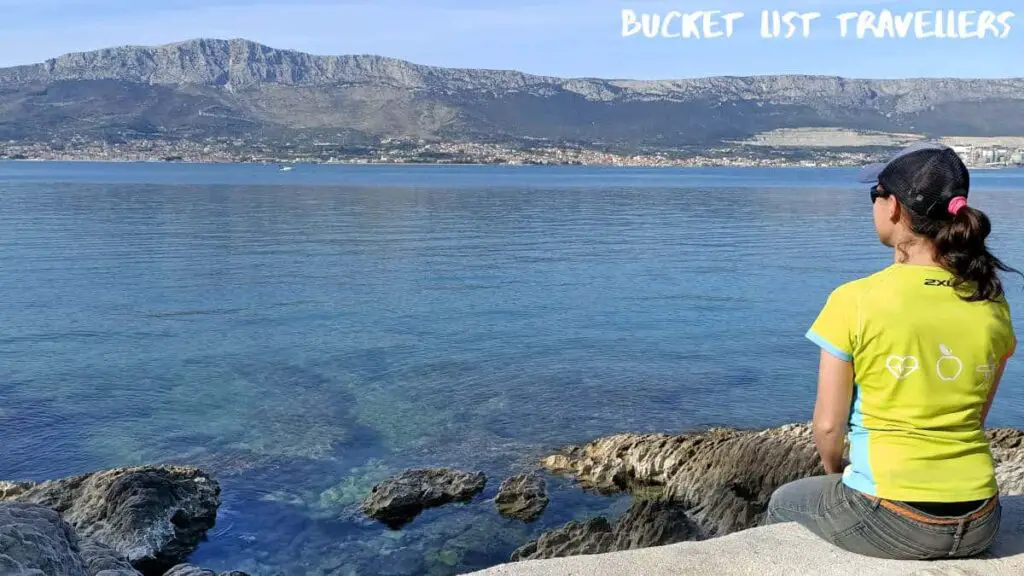
Split is a great place to come for a week or even more. It is a lively port city with great food as well as a wide variety of museums and other attractions. We spent 5 weeks in Split and enjoyed taking time to enjoy the various activities available in this vibrant city.
Split destination guide: What to do in Split Croatia
Split is a beautiful Croatian city with many activities on offer. It has a range of great free activities as well as paid activities.
Split destination guide: Free things to do in Split Croatia
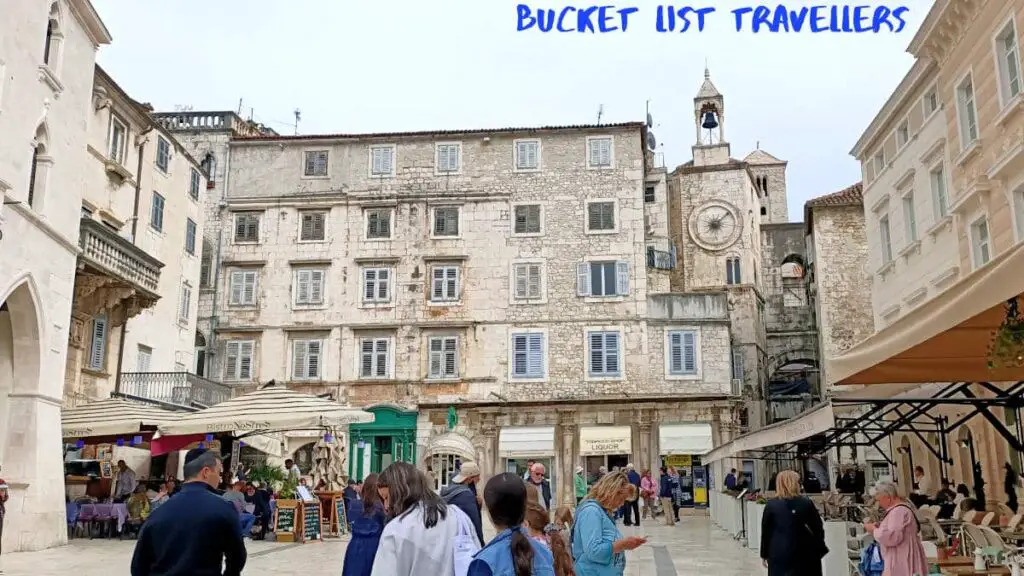
There are enough free activities in Split Croatia to keep you entertained for a weekend or even a leisurely week:
- Diocletian’s Palace (Palazzo di Diocleziano)
- Marjan Forest Park
- Split Old Town
- Split Riva
- Kasjuni Beach
- Grgur Ninski Statue
- Green Market
- Bene Beach
- Beach Stobrec
- Fruit Square
- Bacvice Beach
- Pjaca (People’s Square) and the City Clock
- Žnjan City Beach
- Podstrana Beach
- Kaštel Gomilica
- Trg Republike (Prokurative)
- Port of Split
- Kaštelet Beach
- Strossmayer Park
- Street Let Me Pass
- Venetian Tower
For more details, see our Split travel guide on the 21 Best Free Things To Do in Split Croatia.
Split destination guide: Paid activities in Split Croatia
A number of attractions in Split Croatia charge an entry fee:
- Saint Domnius Cathedral – entry fee 5 euro for adults (as at 2024)
- Klis Fortress – entry fee is 10 euro for adults (as at 2024)
- Froggyland – entry fee 15 euro (or 13 euro by cash) for adults (as at 2024)
- Putalj Winery – The Winemakers Tour price is 130 euro (as at 2024)
- Mestrovic Gallery – entry fee is 12 euro for adults (as at 2024)
- Game of Thrones Museum Split – entry fee is 14.50 euro adults (as at 2024)
- Museum of Fine Art – entry fee is 5 euro for adults (as at 2024)
- Split Ethnographic Museum – entry fee is 3 euro for adults (as at 2024)
- Archaeological Museum in Split – entry fee is 8 euro for adults (as at 2024)
- Split City Museum – closed for renovations (as at 2024)
- Croatian Maritime Museum – entry fee is 3.50 euro for adults (as at 2024)

Other paid activities in Split Croatia include:
- Fishing charters and tours
- Sailing
- Watersports
SplitCard
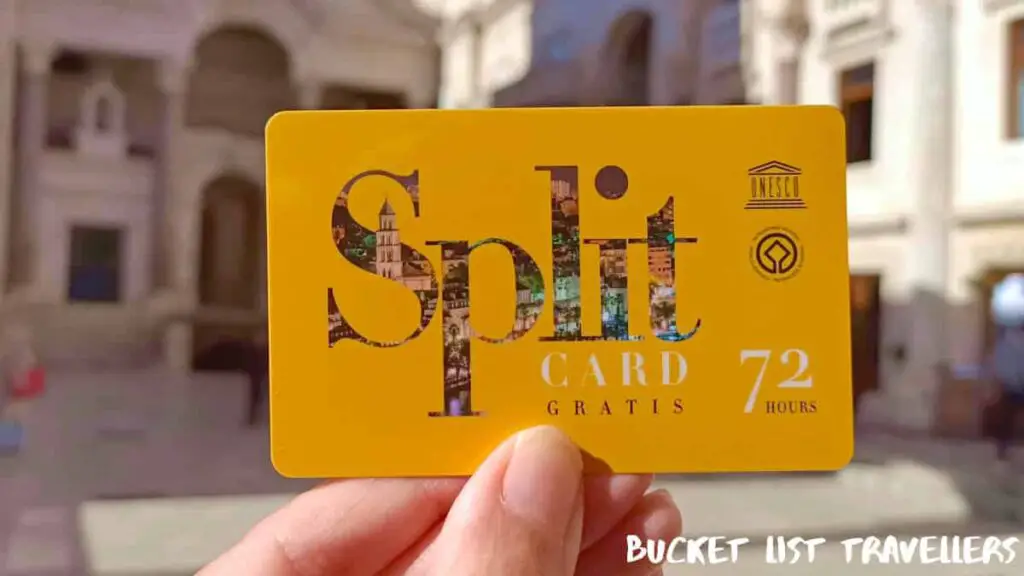
The SplitCard is a free city card that allows you to explore many of the shops and attractions in Split for a discounted price. There are also a small number of museums and galleries that provide free entry with the SplitCard. The SplitCard is valid for 3 days (72 hours) and can be obtained for free from one of Tourist Information Centres: TIC Peristil, TIC Riva and also TIC Stobreč. In order to be eligible for the SplitCard you need to be staying in Split in any type of accommodation for a minimum of 5 nights during the summer months (April until the end of September) or 2 nights at other times. For more information, see this website: https://visitsplit.com/en/407/splitcard
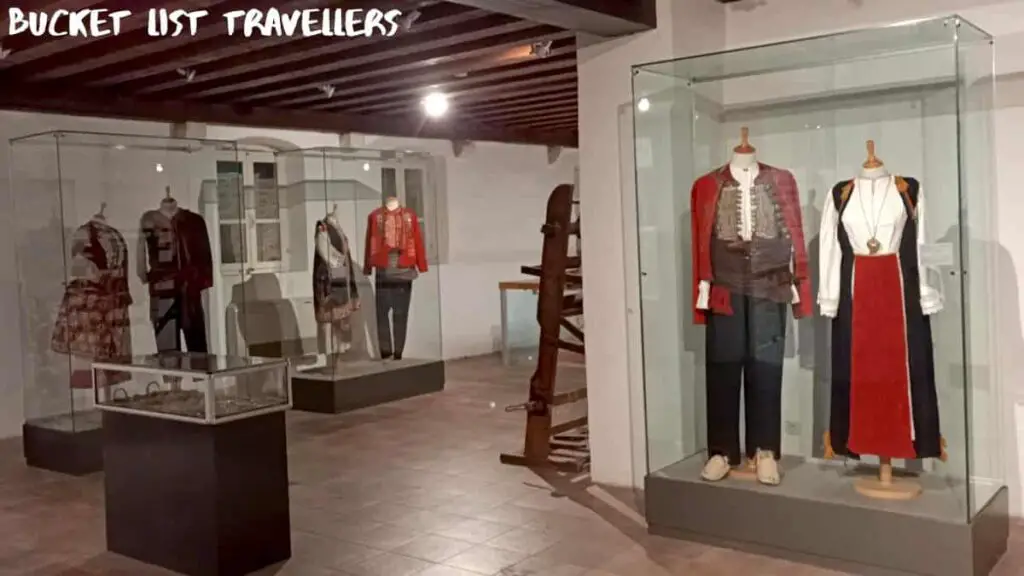
Weather in Split Croatia
Split enjoys a warm temperate climate. Its climate is heavily influenced by the nearby Mediterranean area. It has cold winters, with average temperature range between 4°C and 11°C in the coldest month of January. Summers last from June to September. During this time, Split is generally hot and sunny, with the average temperature range between 20°C and 31°C in the hottest month of July. It is a windy city and experiences frequent and sometimes powerful winds. The month with the most rainfall is November with 9.1 days of rain on average. Conversely, the driest month is July with an average of 3.4 rainy days.
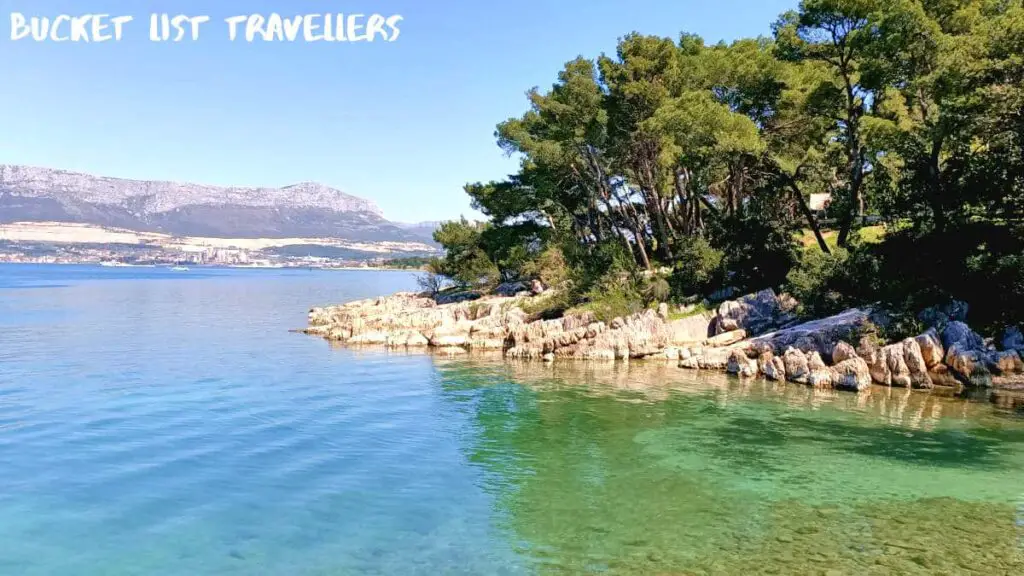
Best time to visit Split Croatia
The best time to visit Split is between May and September, when the weather is most pleasant for outdoor activities. The peak tourist season is between June and August, so expect higher prices at that time.
Internet and mobile phones in Croatia
Since June 15th, 2017, Roam Like at Home (RLAT) rules came into force for European Union countries. As such, people with European Union mobile numbers are no longer charged temporary mobile roaming fees if they travel within the European Union. This means that if you have a European Union mobile number, you can use that number anywhere within the European Union and you will be charged for calls, texts and data in the same rates as if you were in your home country. There are limits to this in order to prevent abuse of these rules.
The main internet and phone companies in Croatia include Croatian Telecom (Hrvatski Telekom), A1, Telemach, Bonbon as well as Tomato.
5G has been in Croatia since October 2020. 3G is expected to be switched off in Croatia in early 2025.
Croatia is ranked 21st fastest in the world for mobile internet speeds and 78th fastest for fixed broadband. For Fixed Broadband the average download speed is 71mbps and upload is 29mbps (as at May 2024).
Cell phone SIM cards can be bought in many places throughout Croatia. These include phone stores, some supermarkets, newspaper kiosks as well as online.
How much to budget for Split Croatia?
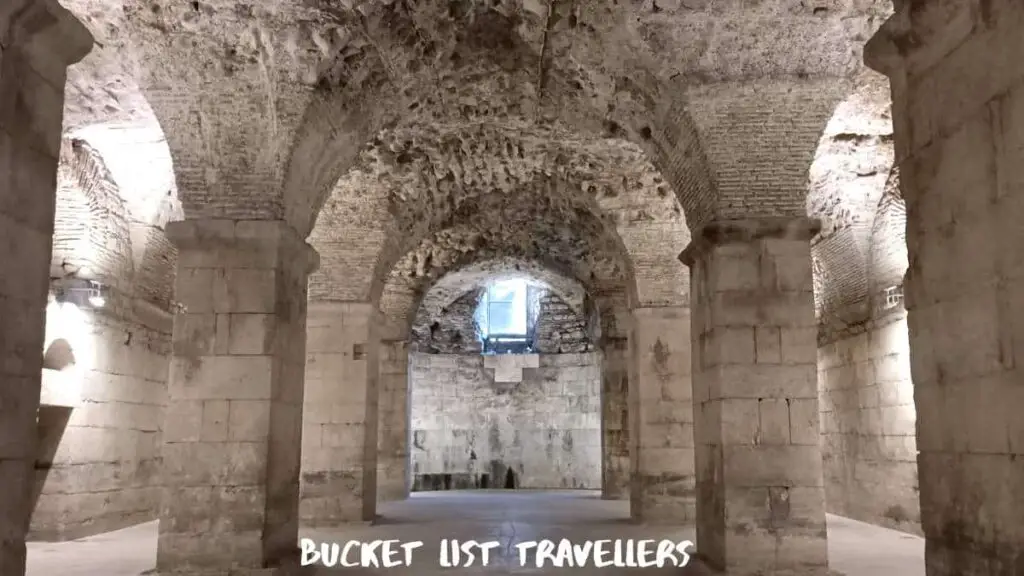
Is Split expensive?
Split is a reasonably affordable place to visit. It is certainly cheaper than Dubrovnik or the Croatian islands. Whilst it is not the cheapest place to visit in Croatia, if you avoid visiting during the peak tourist season of June to August accommodation costs are reasonable. Additionally there are plenty of free or cheap things to do, which is great for budget travellers.
Split destination guide: Daily spend for a couple travelling in Split Croatia
As a rough guide, we recommend the following budgets for a couple:
- Low-budget daily spend – 100 euro per day for a couple will get you budget accommodation, self catering and bakery meals, walking or catching local transport to get around the city as well as free or cheap activities.
- Mid-range daily spend – 300 euro per day for a couple will get you mid-range accommodation, walking or catching local transport to get around the city, dining at reasonably priced cafes and restaurants and also some paid activities.
- Luxury spend – 1000 euro per day for a couple will get you a premium experience, staying at high end hotels, travelling by private transport, doing a range paid activities as well as eating at high end restaurants.
Split destination guide: Accommodation in Split Croatia
There is a good range of accommodation to suit most budgets in Split Croatia. Airbnb operates in Croatia and we were impressed with the range of options available in Split.
Where to stay in Split Croatia
We recommend the following accommodation in Split:
- Best hostel in Split – Quasimodo Hostel is a fun and lively hostel only 10 minutes walk from the old town. It has an amazing rooftop terrace, where you can chill out and enjoy the view. The hosts are friendly and helpful and the hostel has a party vibe.
- Best B&B in Split – Oblivion Luxury Rooms offers a superb stay in a fantastic location. The rooms are spacious, clean and well-designed with generous and thoughtful touches. The staff are extremely helpful and friendly.
- Best budget hotel in Split – Hotel Batuda is a peaceful, clean and modern hotel with spacious rooms and comfortable beds. You will enjoy the quality of the facilities and the service. This hotel is in an industrial area far from the city centre and the old town but has free parking onsite.
- Best mid-range hotel in Split – Murum Heritage Hotel is a stunning hotel that blends the historic charm of the castle grounds with the contemporary design of the rooms. Rooms are modern with high quality fittings, great amenities and a cosy and elegant atmosphere. The staff are friendly and helpful and nothing is ever too much trouble. Furthermore, the breakfasts are fresh and delicious with lots of choices.
- Best luxury hotel in Split – Hotel Ambasador is a modern and sleek hotel that boasts a perfect location between the port and the old town. It has an amazing rooftop pool and bar area that has unbeatable views of Split Old Town. The breakfasts are extensive and delicious, and they cater to every preference and diet. The staff are attentive and professional, and will ensure your stay is flawless.
How much is accommodation in Split Croatia?
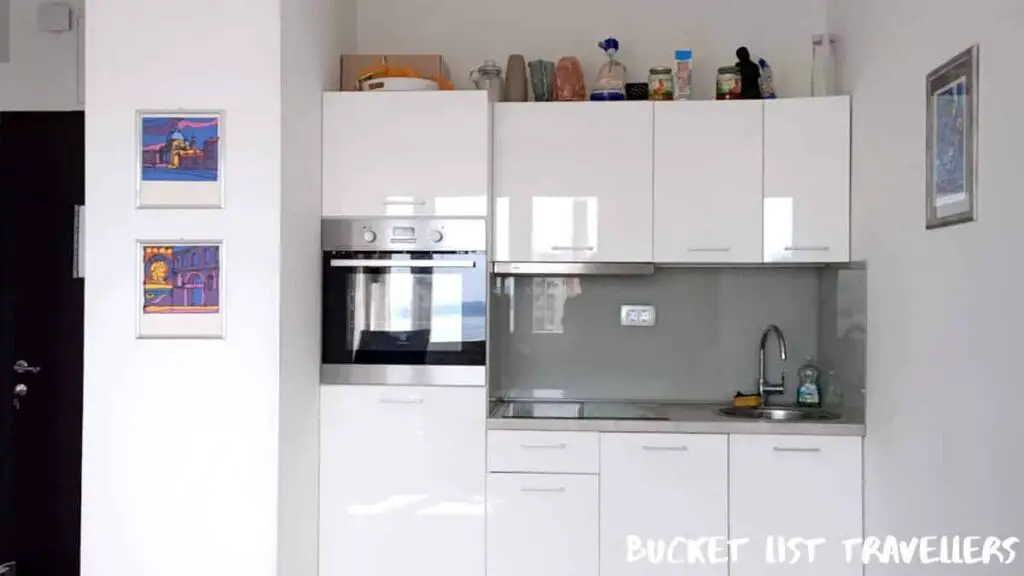
For short-term accommodation, a general price per night is as follows:
- Budget accommodation – 20-30 euro for a dorm
- Mid-range accommodation – 50-130 euro for a private room
- Luxury accommodation – 150-300 euro a night for a luxury hotel
- Rental property – 150-650 euro a night for a fully furnished 3-4 bedroom home
Keep in mind that Split is a popular tourist destination and accommodation costs can increase significantly during the peak season of June – August.
Split destination guide: Food in Split Croatia
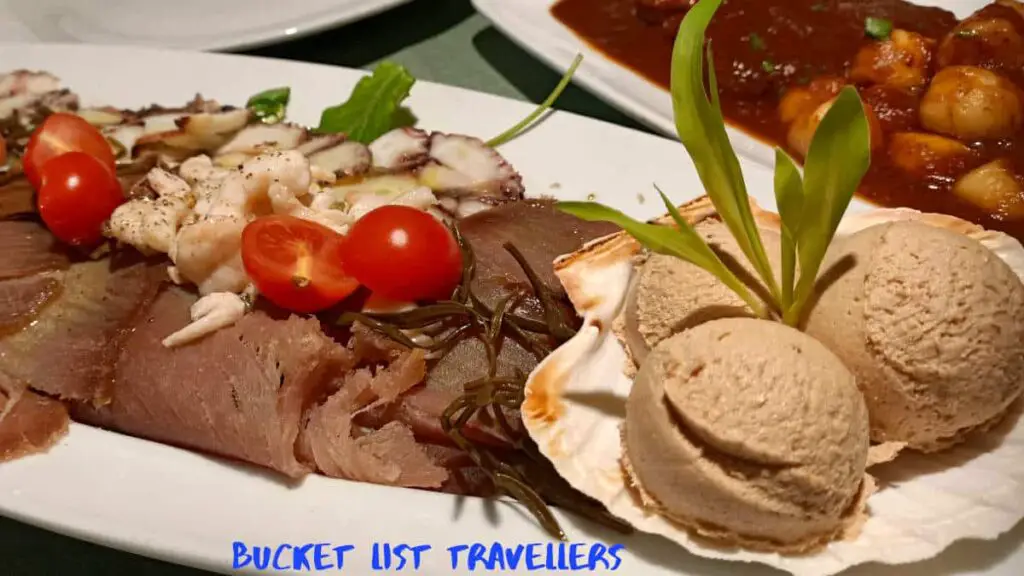
Being on the water, seafood is very popular in Split.
How much does food cost in Split Croatia?
Our price guide for your food budget in Split Croatia is as follows (prices as at 2022):
- Restaurant meal – 10-25 euro for a main dish
- Bakery food – burek 2-3 euro, cake 2-3 euro, 1-2 euro for loaf of bread, chocolate donut
- Glass of wine – 4-6 euro
- Coffee – 2-3 euro
Regional dishes in Split Croatia
- Dalmatinska pašticada – a beef stew cooked in a sweet and sour sauce. The meat is marinated in vinegar before being cooked with red wine, prunes and bacon. It is typically served with a side of gnocchi or pasta.
- Brudet (also called brodetto) – a fish stew made from several types of fish. This is a very popular dish throughout Dalmatia.
- Black risotto (also called crni rižot) – a squid or cuttlefish risotto that is black in colour due to the ink from the squid or cuttlefish.
- Mandulat (also called bademovac) – a dessert made with honey and almonds
- Pinca – a traditional Croatian Easter bread.
Cheap Eats in Split Croatia
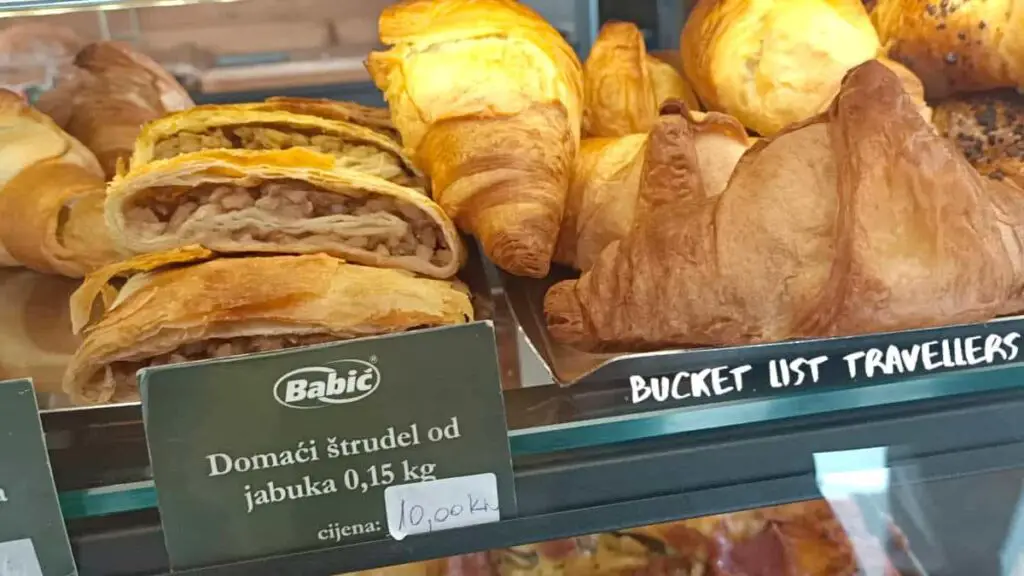
- Pekarnicas (Croatian bakeries) are a great place to get cheap and also delicious food. Burek is typically around 2-3 euro and a loaf of bread is around 1-2 euro. Other common food that can be found in pekarnicas include donuts as well as cakes.
Fine dining in Split Croatia
Split is home to a number of Michelin Guide restaurants.
Michelin Bib Gourmand restaurants in Split Croatia (2024):
- Šug
Michelin Plate restaurants in Split Croatia (2024):
- ZOI
- PiNKU fish & wine
- Konoba Fetivi
- Dvor
- Zrno Soli
- Kadena
- BÒME
Split Croatia culture
Croatia national holidays
- New Year’s Day – 1 January
- Epiphany – 6 January
- Easter Sunday – typically in March or April.
- Easter Monday – the Monday after Easter Sunday, typically in March or April.
- Labour Day – 1 May
- Statehood Day – 30 May
- Corpus Christi – 16 June
- Anti-Fascist Struggle Day – 22 June
- Victory Day – 5 August
- Assumption of Mary – 15 August
- All Saints’ Day – 1 November
- Remembrance Day for the victims of the Homeland War and Remembrance Day for the victims of Vukovar and Škabrnja – 18 November
- Christmas Day – 25 December
- Saint Stephen’s Day – 26 December
National symbols of Croatia
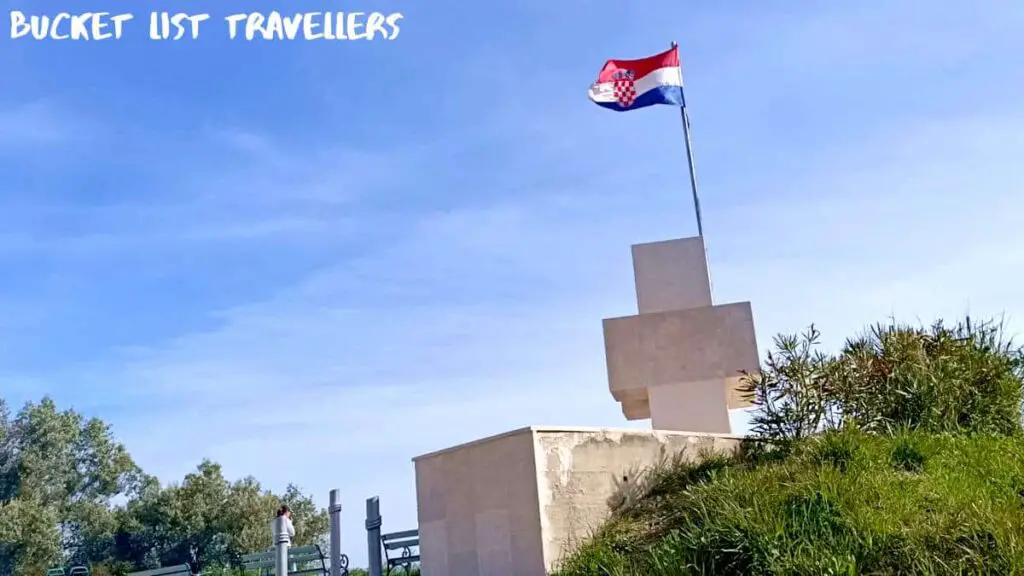
- Croatia flag – a tricolour flag featuring three horizontal bands coloured red, white and blue from top to bottom. Additionally, in the middle of the flag, across the three bands, is the Croatia coat of arms
- Croatia coat of arms – a red and white checkerboard on a main shield with a crown of five smaller shields. The five smaller shields represent the five different historical regions of Croatia. These five shields have symbols on them, but their background colours alternate between bleu celeste and azure.
- National flower – iris
- National bird – common nightingale
- Croatia’s national animal – kuna zlatica (European pine marten)
Croatia pastimes
- National dish – Istrian Yota
- Popular drinks – Rakija, loza, Malvazija wine, Teran wine
- National sport – football
- Religion – 80% Catholic, 6% Eastern orthodox (as at 2019)
Famous people from Split Croatia
- Famous people born in Split Croatia – poet Marko Marulić, musician Oliver Dragojevic, musician Zlatan Stipišić Gibonni, singer Severina Vučković
- Sports stars from Split Croatia – footballer Slaven Bilić, footballer Stipe Pletikosa, basketball player Toni Kukoč, basketball player Dino Rađa, tennis player Goran Ivanišević, tennis player Mario Ančić, Olympic swimmer Đurđica Bjedov, Olympic high jumper Blanka Vlašić, handballer Ivano Balić, water polo coach Ratko Rudić
Is Split Croatia Safe?
Croatia travel guide: Safety in Croatia
We travelled through Croatia for two months and found the country to be extremely safe. Croatia ranks 14th safest country on the Global Peace Index (as at 2023). As with any country, there are good areas and bad areas. Watch out for pickpockets particularly at crowded tourist attractions in Dubrovnik, Split and Zagreb as well as in National Parks. Make sure no-one is watching whenever you are entering pin codes and never lose sight of your credit card when making a purchase. Take care in nightclubs and don’t accept free drinks as drink spiking is a particular risk.
If you are planning to explore more remote areas, beware that there may still be unexploded landmines from the Croatian War of Independence.
Croatia travel guide: General safety considerations in Croatia
Other general safety considerations for travel in Croatia:
- Drinking water – Tap water is safe to drink almost everywhere in the country.
- Mosquitoes – the tiger mosquito has been found in Croatia. This type of mosquito spreads diseases such as Zika, dengue and chikunguya. Malaria was eradicated in Croatia in 1964. Locally transmitted cases of dengue fever have been reported on the Adriatic Coast and in northeastern Croatia.
- Altitude sickness – Croatia has areas of high altitude. This comes with the risk of altitude sickness. If you are planning to visit any high altitude areas in Croatia, be sure to allow sufficient time to acclimatise. If you experience any signs of altitude sickness, such as headache, nausea or vomiting, dizziness, tiredness, loss of appetite or shortness of breath, get help immediately.
- Road safety – Croatia has been making progress with improvements in road safety in recent years. However it still has one of the highest rates of road fatalities in Europe. This is due to a combination of narrow and windy roads as well as speed and other driver behaviour. Take care on the roads in Croatia.
- Water safety – If you visit any of the coastal areas or lakes, take care when swimming as currents and waves may be stronger than you expect. Watch out for sea urchins as they can sting.
- Earthquakes – Croatia experiences earthquake activity. If you experience an earthquake, stay away from glass, windows, outside doors and walls and anything that could fall. If you are inside get under a table, desk or solid furniture and hang onto it. Cover your head and torso to protect from falling objects. If you are outside, stay outside and go to an open area away from buildings.
- Sun safety – Exposure to the sun can have adverse short-term and long-term effects on the skin, eyes and immune system. Sun protection such as sunscreen, a hat and sunglasses is very important to ensure you don’t get burnt.
Croatia Blogs
You can find our Croatia travel blogs below.
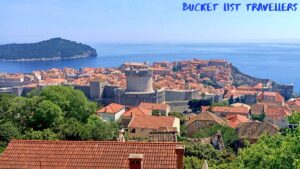
16 Best FREE Things To Do in Dubrovnik Croatia (with map)
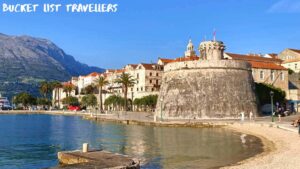
11 Best FREE Things To Do in Korčula Croatia (with map)
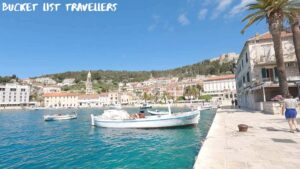
12 Best FREE Things To Do in Hvar Croatia (with map)
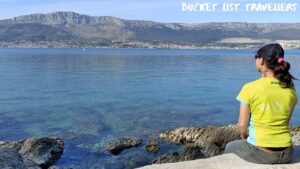
21 Best FREE Things To Do in Split Croatia (with map)
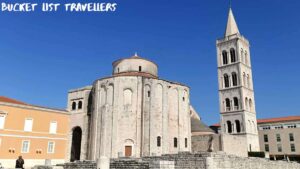
18 Best FREE Things To Do in Zadar Croatia (with map)
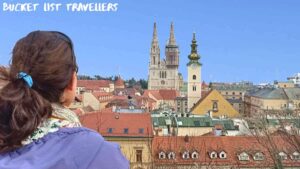
16 Best FREE Things To Do in Zagreb Croatia (with map)

Dubrovnik Destination Guide (2024): What You Need to Know
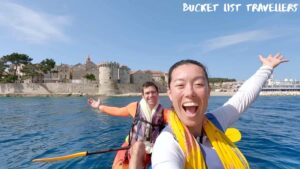
Korčula Destination Guide (2024): What You Need to Know
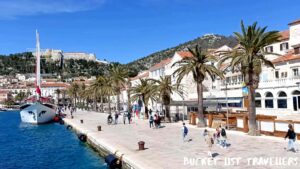
Hvar Destination Guide (2024): What You Need to Know
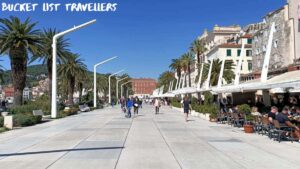
Split Destination Guide (2024): What You Need to Know
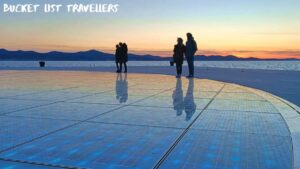
Zadar Destination Guide (2024): What You Need to Know
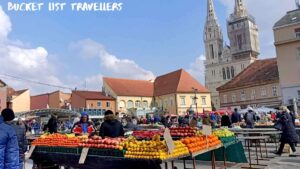
Zagreb Destination Guide (2024): What You Need to Know
Affiliate Links
This website contains affiliate links, which means we may earn a commission on any purchases at no additional cost to you. Your support helps us continue our travels and make more travel blogs and travel videos, thank you!
